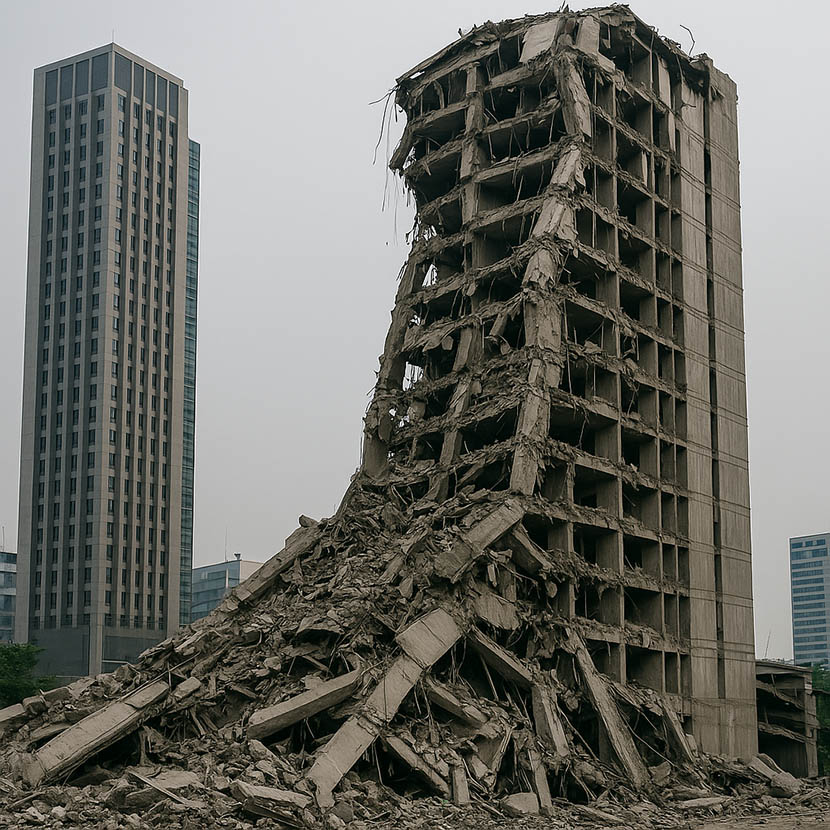Friday, March 28, 2025

A major tourism disruption shook Southeast Asia on Friday as a powerful 7.7-magnitude earthquake originating in Myanmar sent tremors across the region, resulting in the catastrophic collapse of a 30-storey under-construction skyscraper in Bangkok. The incident, followed closely by a strong 6.4-magnitude aftershock, has prompted renewed scrutiny over regional safety standards, construction resilience, and emergency response mechanisms — with far-reaching implications for the tourism industry.
According to reports from AFP, the collapse trapped at least 43 workers inside the structure, sparking a massive rescue operation in Thailand’s bustling capital. The quake’s reach extended beyond Myanmar’s borders, with tremors felt as far as Laos, India, and Vietnam. However, Bangkok was among the hardest-hit urban centers due to its dense infrastructure and proximity to fault lines.
The timing is especially critical for Thailand’s tourism sector, which has seen a strong recovery post-COVID and was expecting an influx of visitors during the upcoming Songkran Festival in April. Safety concerns following such a high-profile infrastructure collapse may cast a shadow on travel plans, especially among tourists from China, Europe, and ASEAN countries who prioritize urban travel and business visits to Bangkok.
Southeast Asia’s growing skyscraper culture, especially in urban tourism hubs like Bangkok, Jakarta, and Kuala Lumpur, is now under the spotlight. Questions are emerging around the resilience of under-construction high-rises and the enforcement of earthquake-proof building codes in regions traditionally not known for major seismic activity.
For Myanmar, the quake adds another layer of complexity to its humanitarian and infrastructural challenges. With limited international tourism due to ongoing political instability, the country’s recovery from such a high-magnitude disaster will likely require cross-border cooperation and attention from regional tourism boards.
Airlines, travel companies, and tour operators with itineraries involving Myanmar or Bangkok have begun issuing advisories. While Suvarnabhumi and Don Mueang airports in Bangkok remain operational, tourism authorities are closely monitoring infrastructure stability, including hotels, malls, and transport systems.
This disaster underscores the interconnected nature of regional tourism in Southeast Asia — where natural disasters in one country can ripple across borders, affecting safety perceptions, bookings, and itineraries. Travel brands, hospitality providers, and governments must now collaborate to ensure traveler confidence, accurate communication, and resilient infrastructure for a future where extreme weather and seismic events may grow more common.
As rescue efforts continue, the global travel industry watches closely. The lessons from this tragedy will likely shape future tourism policy, emergency planning, and traveler expectations across the region.









